
Introduction
Coffee is one of the most beloved beverages worldwide, and the rich aroma and distinct flavor profiles of different coffee blends have made it a staple in countless cultures. Among the various coffee types available, two primary species stand out: Arabica (Coffea arabica) and Robusta (Coffea canephora). These two coffee varieties contribute significantly to the diverse coffee market, each offering distinct characteristics that cater to different preferences. In this article, we explore the differences between Arabica and Robusta coffee blends, shedding light on their origins, cultivation, flavor profiles, caffeine content, and overall impact on the coffee industry.
1. Origins and Cultivation
Arabica and Robusta coffee beans differ significantly in their origins and the conditions under which they are cultivated. Arabica coffee, considered the original species, is native to the high-altitude regions of Ethiopia and is widely grown across Latin America, Africa, and parts of Asia. It thrives at altitudes of 2,000 to 6,000 feet above sea level, where the temperature is cooler, and rainfall is moderate.
Robusta coffee, on the other hand, is native to Central and West Africa and is predominantly grown in countries like Vietnam, Brazil, and Indonesia. It is more resilient and can thrive at lower altitudes ranging from sea level to about 2,000 feet. Robusta plants are also less susceptible to pests and diseases, making them easier to cultivate in various climates.
2. Flavor Profiles
One of the most significant differences between Arabica and Robusta coffee blends lies in their flavor profiles. Arabica beans are renowned for their delicate, aromatic, and complex flavors. They often boast a range of subtle fruity, floral, and nutty notes, offering a more nuanced and refined taste experience. Due to the higher altitude and slower growth, Arabica beans have more time to develop sugars, oils, and acids, which contribute to their desirable flavor characteristics.
On the other hand, Robusta beans tend to have a stronger, more bitter taste profile. They are often described as having earthy, woody, and even grainy flavors. The higher caffeine content in Robusta beans contributes to their bitterness, making them less favored by those who prefer a milder and less intense coffee experience.
3. Caffeine Content
Caffeine content is another critical factor that sets Arabica and Robusta coffee blends apart. Robusta beans generally contain almost twice the caffeine content of Arabica beans. This higher caffeine concentration contributes to the bolder, more bitter taste of Robusta coffee. In contrast, Arabica beans' lower caffeine content results in a smoother and more delicate flavor profile.
Conclusion
In conclusion, the differences between Arabica and Robusta coffee blends extend from their origins and cultivation conditions to their flavor profiles, caffeine content, and market impact. Arabica beans are revered for their delicate flavors and are typically associated with specialty coffees, while Robusta beans are valued for their strength and play a crucial role in providing caffeine content to various coffee blends. Both coffee varieties cater to different tastes and preferences, making the coffee world a diverse and exciting place for coffee enthusiasts worldwide.
















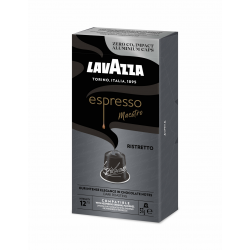



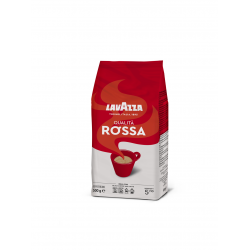
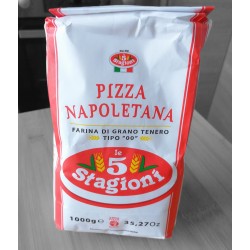

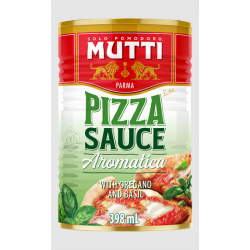

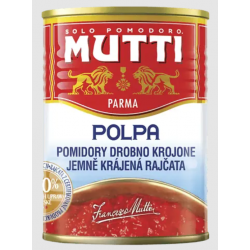


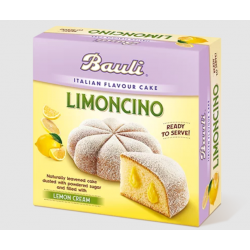

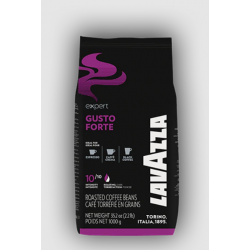


Leave a Comment